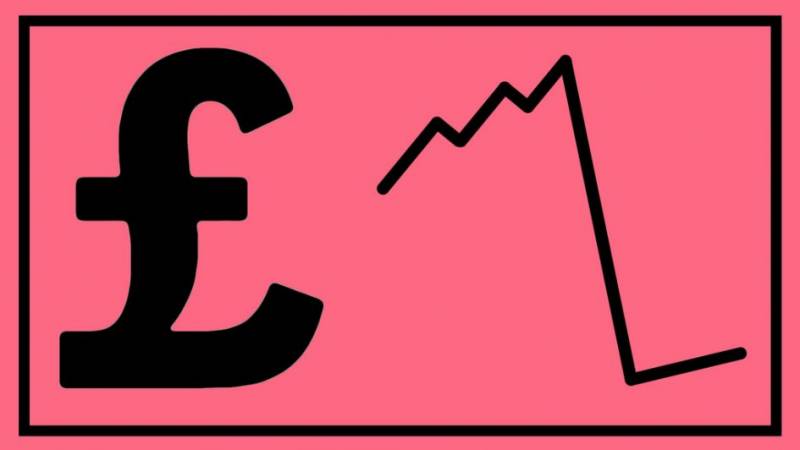After last week’s dismal industry and trade data from the UK, yesterday’s news of falling unemployment levels lent some support to the sterling.However, UK’s slowing wage growth once again reminded the markets of UK’s dimming growth prospects.
Why are wages falling despite falling unemployment?
Despite the economy reaching near full employment levels of 4.5%, wage growth for May was 2%, lagging behind the inflation rate of 2.9%.This means real wage growth after adjusting for inflation has been declining.Economic theory suggests that rising employment levels should lead to rising wages. But this has not been true for the UK – there could be many factors. for eg. changing composition of the workforce with increasing number of low paying jobs, lower productivity levels, etc.
How does it impact the economy?
The squeeze in wages means subdued consumer demand. Given that the UK is a consumption driven economy, a fall in real incomes would dent consumption demand and eventually economic growth. Weak wage growth will also influence the BoE’s interest rate decision and most likely prevent it from hiking rates in August. This could cause further downward pressure on the pound.
The going continues to get tougher for the UK
UK economy remained resilient post the referendum owing to robust consumer spending. But falling real wages would significantly dampen this important driver of the economy. Beyond economic pressures, the nation faces political and Brexit related uncertainty which could further weaken the pound, fuel inflation, dampen growth and trigger corporate and labor relocation out of the country and throw the nation into a downward spiral.
Follow news on Brexit here




Leave a Reply